Theme/Topic
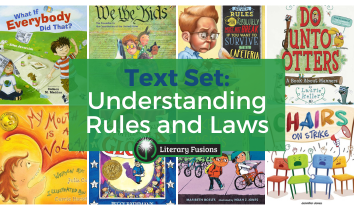
Rules and Laws
Why We Chose This Theme/Topic: Rules and laws are essential for maintaining order and fairness in our daily lives. Understanding their purpose and how they are created helps students appreciate the importance of following them. Introducing this unit at the beginning of the school year allows students to collaboratively develop class rules, fostering a sense of community and shared responsibility. This process not only sets the tone for classroom behavior but also helps students make connections between school rules, societal laws, and rules at home. By exploring this theme, children learn about responsibility, citizenship, and the structure of society, laying a strong foundation for a productive and respectful classroom environment.
Vocabulary:
- Respect
- Responsibility
- Consequences
- Fairness
- Community
- Citizenship
- Authority
Teaching Ideas:
Activities and Projects:
- Create a Class Constitution: Have students work together to create a Class Constitution. Start with a discussion about what rules are necessary for the classroom to function smoothly. Write down the rules on a large poster and have each student sign it.
- Role-Playing Scenarios: Present students with different scenarios where rules are followed or broken. Have them act out these scenarios and then discuss the outcomes as a class.
- Digital Storytelling: Use digital tools to have students create a short video or slideshow about a specific rule or law. They can include pictures, text, and narration to explain why the rule or law is important.
- Community Helpers Visit: Invite community helpers such as police officers, firefighters, or judges to talk to the class about their roles and how they help enforce laws. Prepare questions in advance and have students ask them during the visit.
- Rule-Making Simulation: Divide the class into small groups and assign each group a different setting (e.g., playground, cafeteria, classroom). Have each group come up with a set of rules for their assigned setting and explain why those rules are important.
Essential Questions:
- How do rules and laws help us in our everyday lives?
- Why are rules at home, school, and in the community sometimes different?
- What makes a rule fair or unfair, and what can we do if a rule isn’t fair?
Cross-Curricular Connections
- Math: Discuss the concept of fairness using math problems (e.g., dividing items equally).
- Science: Explore rules in nature, like the laws of physics or the environment.
- Art: Have students create posters about important rules and laws.
Grade Levels: This text set is suitable for elementary students, specifically grades 1-3. Adjust activities and discussions based on the grade level.
Chosen Texts:
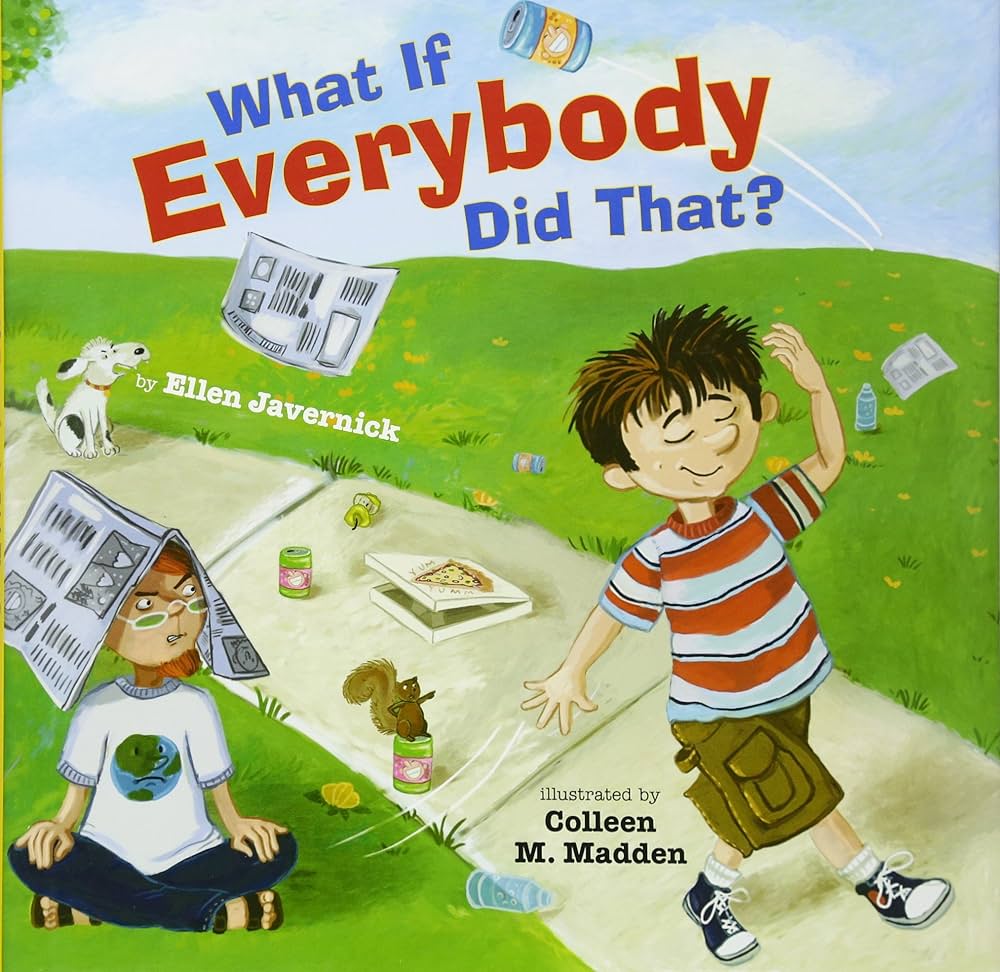
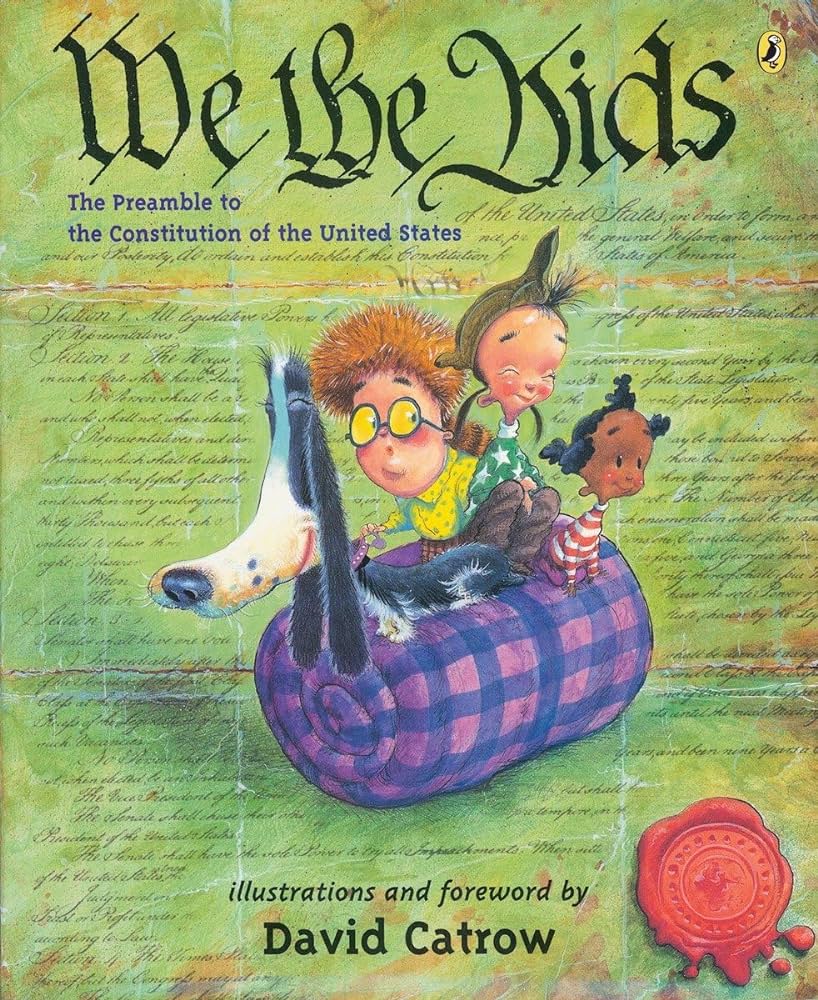
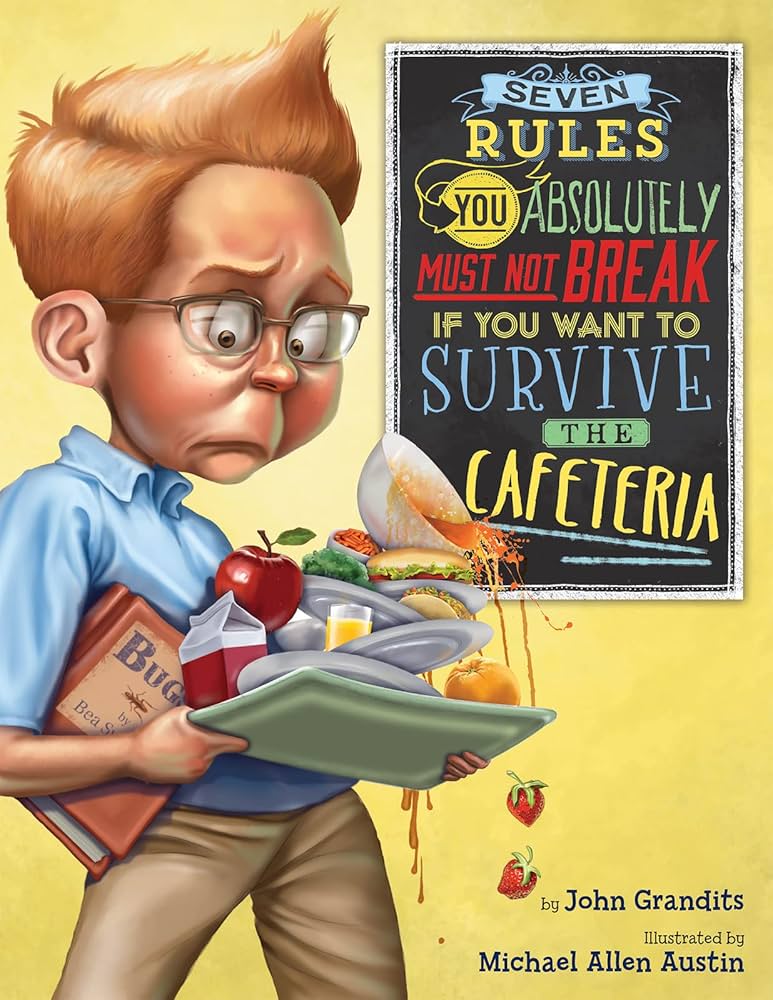


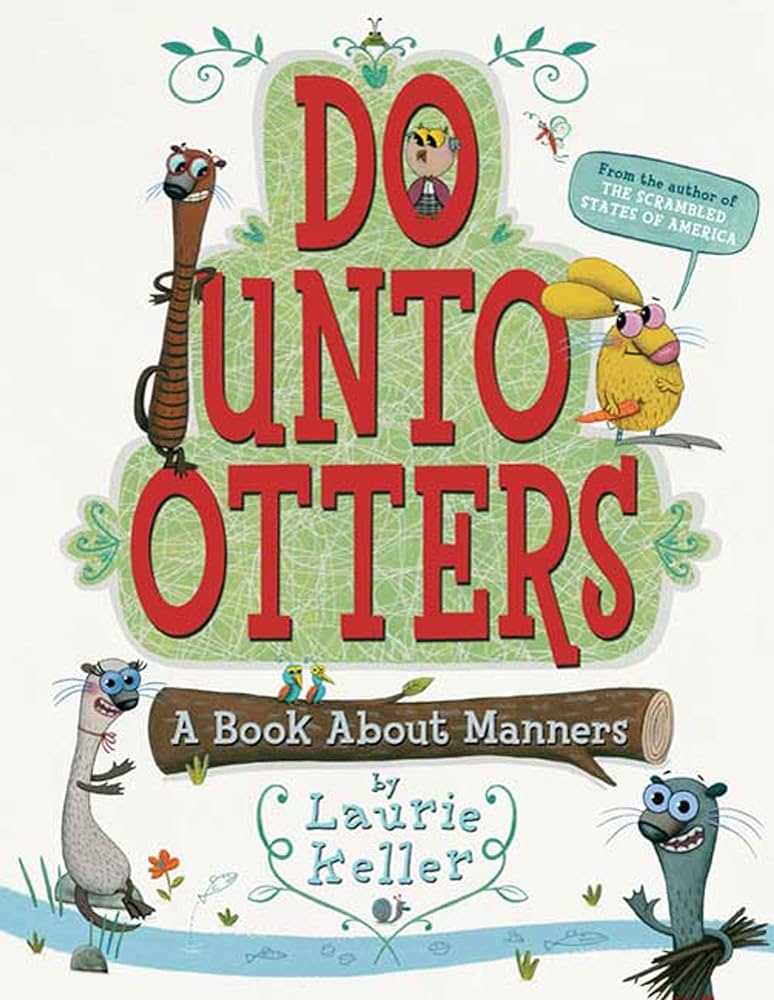
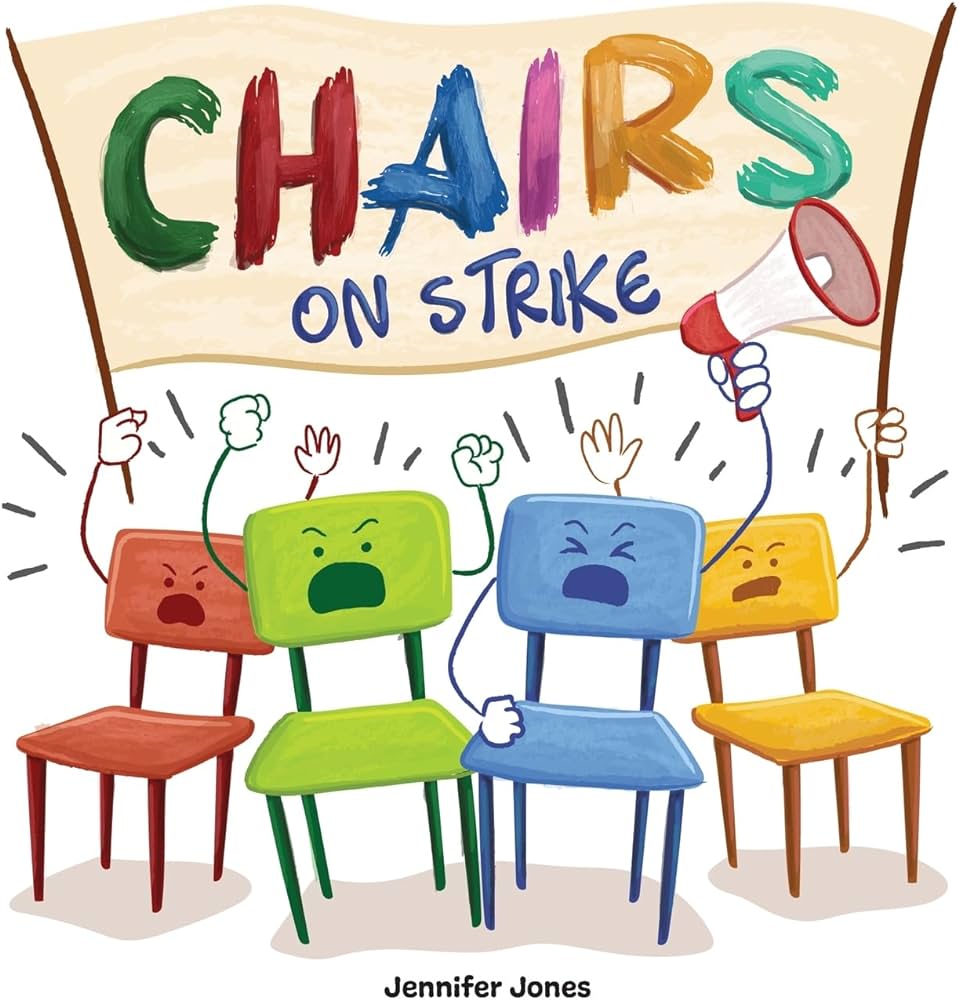

- We the Kids: The Preamble to the Constitution of the United States by David Catrow
- Brief Description:
- This book provides a kid-friendly interpretation of the Preamble to the Constitution, explaining the principles that guide American laws.
- Connection to Theme/Topic:
- Introduces the concept of the Constitution and foundational laws.
- Teaching Ideas:
- Discuss the meaning of each page based on word knowledge and the picture.
- Have students illustrate their interpretation of the Preamble.
- Choose some Tier 2 and Tier 3 words to teach in depth.
- Brief Description:
- What If Everybody Did That? by Ellen Javernick
- Brief Description:
- This book explores the consequences of breaking rules through humorous and relatable scenarios.
- Connection to Theme/Topic:
- Highlights the importance of following rules for the common good.
- Teaching Ideas:
- Have students come up with their own “What if everybody did that?” scenarios.
- Discuss how small actions can have big impacts.
- Brief Description:
- Officer Buckle and Gloria by Peggy Rathmann
- Brief Description:
- This story is about Officer Buckle and his dog Gloria, who teach school children about safety rules.
- Connection to Theme/Topic:
- Emphasizes the role of safety rules and their enforcers.
- Teaching Ideas:
- Create safety posters for the classroom or home.
- Discuss the role of police officers and other authority figures. This is a great time to have classroom visitors.
- Brief Description:
- A Bike Like Sergio’s by Maribeth Boelts
- Brief Description:
- This book tells the story of a boy who finds money and faces a moral dilemma about whether to keep it or find its rightful owner.
- Connection to Theme/Topic:
- Explores honesty, integrity, and making the right choices.
- Teaching Ideas:
- Discuss what students would do in a similar situation.
- Role-play scenarios involving found objects and ethical decisions.
- Brief Description:
- Seven Rules You Absolutely Must Not Break If You Want to Survive the Cafeteria by John Grandits
- Brief Description:
- This humorous book outlines seven important rules to follow in the cafeteria to avoid chaos.
- Connection to Theme/Topic:
- Shows the importance of following specific rules in a familiar setting.
- Teaching Ideas:
- Have students create their own rules for different school areas.
- Discuss why each rule is important for maintaining order.
- Brief Description:
- My Mouth is a Volcano by Julia Cook
- Brief Description:
- This book addresses the issue of interrupting and teaches children self-control and respect for others when speaking.
- Connection to Theme/Topic:
- Emphasizes personal responsibility and respect for others.
- Teaching Ideas:
- Discuss the importance of taking turns when speaking.
- Role-play scenarios to practice good listening and speaking habits.
- Brief Description:
- Chairs on Strike by Jennifer Jones
- Brief Description:
- This story tells of classroom chairs that go on strike to teach students about proper sitting behavior.
- Connection to Theme/Topic:
- Highlights the consequences of not following classroom rules.
- Teaching Ideas:
- Have students write a letter from the perspective of an object in the classroom explaining its importance.
- Create a classroom agreement on how to treat classroom materials.
- Brief Description:
- Do Unto Otters: A Book About Manners by Laurie Keller
- Brief Description:
- This book uses otters to teach the Golden Rule and the importance of treating others with kindness and respect.
- Connection to Theme/Topic:
- Connects rules of behavior to the principle of treating others as you would like to be treated.
- Teaching Ideas:
- Discuss the Golden Rule and have students share examples of how they can practice it.
- Create a class mural illustrating acts of kindness and respect.
- Brief Description:
Understanding rules and laws helps students learn about responsibility and the structure of society. By exploring this theme, children can appreciate the importance of following rules and contributing to their community’s well-being. Share your classroom experiences and ideas in the comments!






Leave a Reply